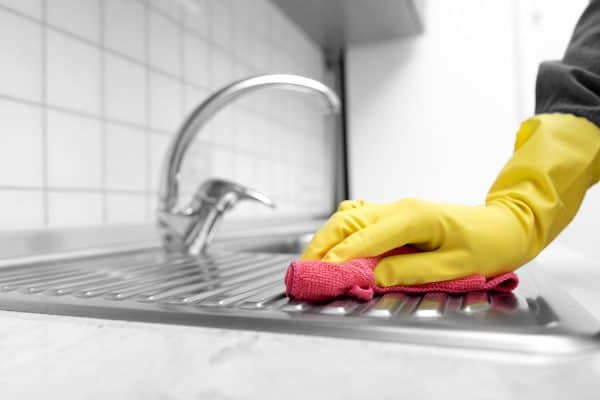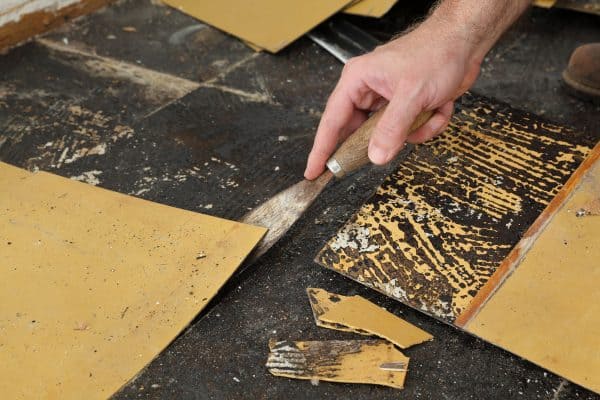Central vacuum systems are convenient ways to keep your home neat, tidy, and dirt-free. These systems rely on a series of tubes built into the walls of your home. These tubes all connect to a central motor and disposal system. Further, central vacuums avoid the hassle of hauling heavier vacumes throughout your house.
Understanding the many different types of central vacuum systems allows you, the shopper, to make wise decisions when choosing the right central system for your home. The products and technology available on the market vary both in price and effectiveness. The selection is difficult to navigate without prior knowledge.
Central vacuum system types include delineations based on the motor, power brush, inlet, dirt disposal container, and air cleaning method. Read the rest of this post to learn about the function of each of these features and the pros and cons of the types of central vacuum systems within each feature category.
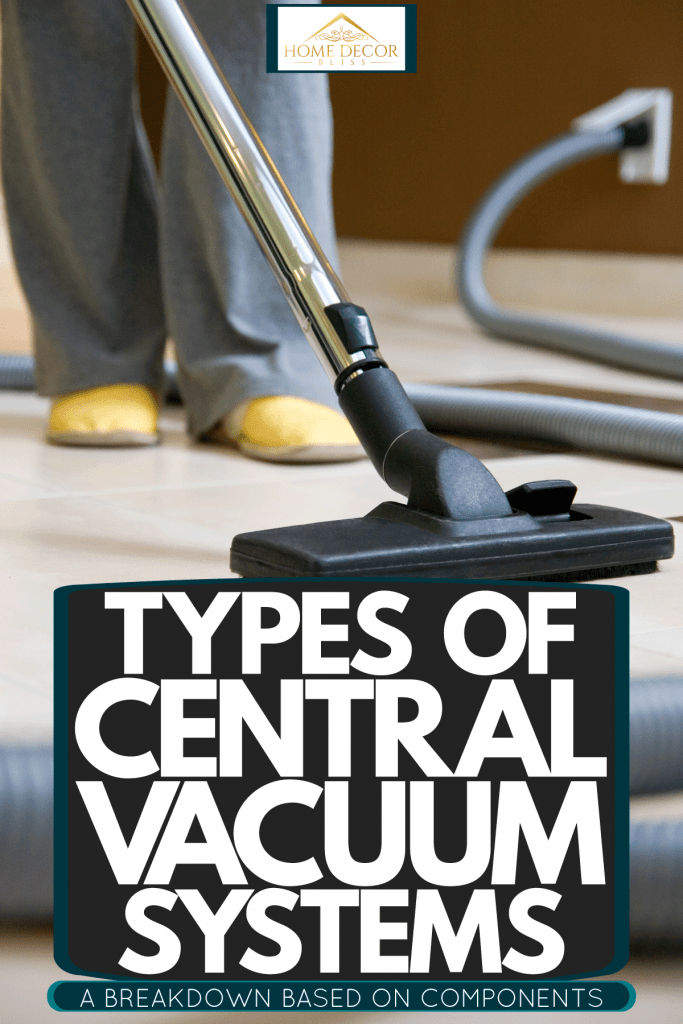
Motor Types
The motor of your central vacuum system is one of the most expensive single elements. Central vacuum motor systems come in four styles which are all discussed in more detail below. The styles are the flow-through motor, the peripheral bypass motor, the tangential bypass motor, and multi-motor systems.
Central vacuum motors all work in a similar way to normal vacuum motors. However, central vacuums must pull dirt and air over a much greater distance, requiring greater size and power. Take note, all motor types here suck air quite effectively and efficiently. Instead, these motors are differentiated by how they divert air and cool themselves during operation.
Keep in mind that most motor types also come in various sizes (amps, inches, etcetera). Larger motors are more expensive and more powerful. For the best sizing results, consult a central vacuum specialist or architect to help design and size your system.
Flow-Through Motor
Flow-through motors are the most affordable motor type for central vacuum systems. However, this low price comes with a decrease in reliability and longevity. The flow-through moniker is appropriate because the motor cools itself by suctioning the dirty air alongside its heated elements. This dirt inevitably gums up the workings, which require more routine maintenance.
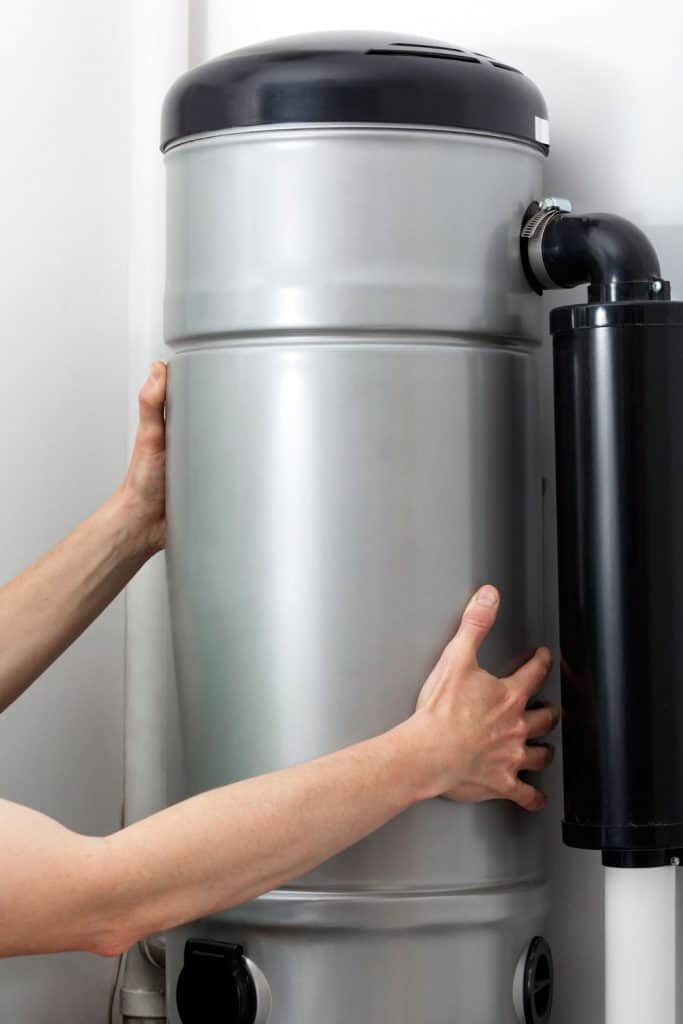
We may include affiliate links and curated AI content to highlight top design styles.
Since the suction of air also cools the flow-through motor, there is no need for a second fan or conditioner motor. This means that flow through motors are quieter than the next two types of motors discussed.
Peripheral Bypass Motor
Click here for a peripheral bypass motor from Amazon.
Peripheral bypass motors cool themselves via air clean air pushed over the motor by a separate fan. The price of peripheral bypass motors is midrange. They generally cost more than flow-through motors but less than tangential bypass motors. However, the peripheral bypass motor still pulls air through the motor device, leading to repairs.
Tangential Bypass Motor
Click here for a tangential bypass motor from Amazon.
Tangential bypass motors are the most expensive and most common type of central vacuum motor. These motors are known for their durability and power. Uniquely, these motors pull all the dirty vacuum air through a manifold alongside the motor. This means that much less grime contacts the hot and expensive engine. Like with the peripheral bypass motor, tangential bypass motors are cooled by a separate fan.
Multi-Motor Systems
For those central vacuum systems that need extra power because of more difficult cleaning jobs or perhaps very large homes, multi-motor systems are the ticket. For systems with more than one motor, dual-motor systems are the most common. Usually, it is more cost-effective over the long run to buy more powerful single motors than multiple cheaper, less powerful motors.
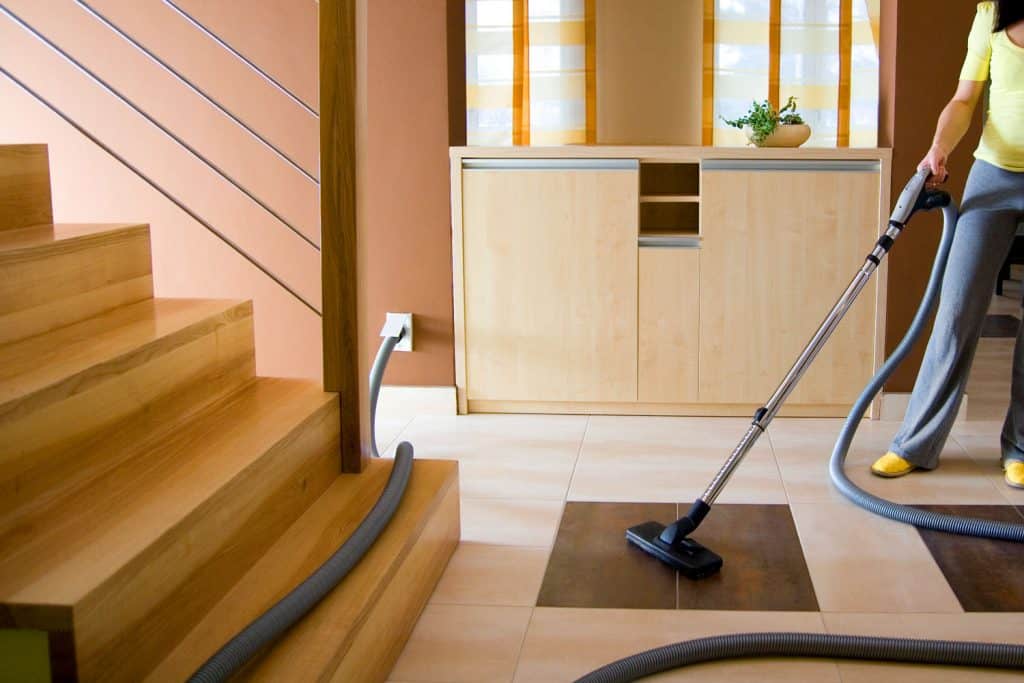
Power Brush Type
The power brush is the vacuum head that does the vacuuming. These elements usually have spinning brushes that beat the carpet or floor. This agitation helps the suction pick up errant dust and dirt. Power brushes come in two main types for central vacuum cleaners: air-driven and electric.
Air-Driven
Air-driven power brushes use the suction of the air to spin the vacuum head brushes. These are very effective on hard flooring but less so on carpet. The major advantages of air-driven power brushes are that they are cheaper and have fewer internal systems that can fail.
Electrical
Click here for an electrical power brush from Amazon.
Electrical power brushes are the go-to for homes with a lot of carpeting or heavier clean-up duties. The electrical heads must be plugged into electrical power to function. This means that they can produce spinning RPMs independently of the suction, which leads to deeper cleaning. However, electrical power brushes are more expensive as compared to their air-driven counterparts.
Inlet Valve Type
Throughout your home, inlet valves are installed as part of the central vacuum system. The inlet valves are either standard or electrical. We discuss the pros and cons of each in the next two sub-sections.
Standard
Standard inlet valves consist of only an inlet valve and no additional piping or wiring. These are designed to be very tightly close while not in use. This seal allows the entire system to pressurize when vacuuming using an inlet valve elsewhere in the home. Importantly, standard outlets are the most affordable option.
Electrical
Click here for electrical inlet valves from Amazon.
Electrical inlet valves require an electrician to wire electricity directly to a connection on the mouth of the valve. Usually, there will be metal attachment points inside the valve that meet up with attachment points on the hose. This allows electricity to reach the power brush of the central vacuum system.
That electricity can be used to power an electrical power brush or any other electrical attachment that fits on your vacuum hose. For modern central vacuum systems, built-in electrical inlet valves, as described here, are the most popular.
Standard with Outlet
In an alternative to straight electrical inlet valves, there are standard inlets with nearby electrical outlets. These are compatible with some central vacuum cleaners, which have a power cord pigtailed on the end of the hose. This allows you to hook up to the hose and the electrical outlet. These systems also allow for electric power brushes.
Air Cleaning Method
Critically, central vacuum systems suck dirt and dust up from your floor. This grime mixes with air and is carried through the system's pipes to a disposal container. Before the motor exhausts the air back into the home, the dirt and dust must be removed. Two main air cleaning methods accomplish this, cyclonic and filtered.
Cyclonic
Cyclonic air cleaners remove the dirt from the air using centrifugal force. The motors, and shape of the collection system, spin the air, which effectively flings the dirt and dust away. This waste then falls into the collection chamber. Companies claim that this system removed 98 percent of all dirt suspended in the air. The remaining 2 percent leaves the system with the exhaust.
Since the dirt in cyclonic systems is never filtered, some of it inevitably sticks to the motor and other surfaces of the central vacuum system. It is wise to regularly wipe down your cyclonic central vacuum system to ensure the best performance.
Filtered
On the other hand, filtered air cleaning systems use finely woven mesh to remove dirt from the air. The mesh is fine enough that when the motor forces the air through the filter, all the dirt remains inside. The filters come in two main forms, either standard filters or bags.
Click here for a filter that fits a certain central vacuum system from Amazon.
Standard filters are similar to the products you change out on your furnace - but of a higher quality. The motor forces the air up through these filters. Then, the dirt and dust collect on the filter while the vacuum system is running. As soon as the motor turns off, the dirt and dust can fall back down into the disposal container.
Bag filters are finely woven sacks that double as the dirt disposal container. The motor forces the air down through the bag, which filters the dirt and dust out. When the filters become too dirty, both standard filters and bag filters need replacement. If you leave a dirty filter in place for too long, the system will lose efficiency.
Dirt Disposal Container
Two main types of disposal containers see use in central vacuum systems. They are canisters and bags. This section covers the pros, cons, and applications for both of these dirt disposal systems.
Canisters
Canisters pair with cyclonic and standard filtered dirt removal systems. The canisters are designed to be easily removed and dumped out. The sturdy construction also makes washing with soap and water a simple task. The cleaning does require more work and makes a larger mess than simply disposing of a whole bag.
Bags
Click here for disposable central vacuum bags from Amazon.
As described above, bag disposal containers double as the filter for the central vacuum system. The disposable bags can be thrown out as soon as they are full. This feature adds convenience and neatness to this central vacuum system type. Alternatively, you can usually empty full bags several times before they become dirty enough to affect the system's efficiency.
In Closing
Home Decor Bliss offers a wide range of home decor and home improvement articles, including some on central vacuum systems. Consider reading these articles to learn more about central vacuum systems:
Are Central Vacuum Hoses Universal?
How To Store A Central Vacuum Hose
Can A Central Vacuum Hose Be Repaired?







